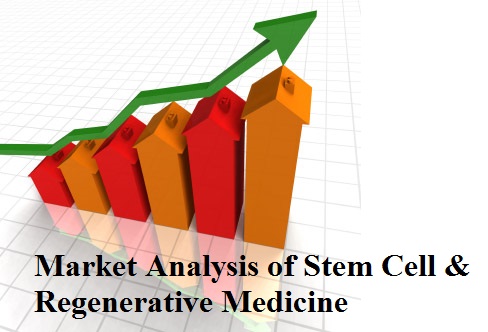Viacheslav M Mikhailov
Institute of Cytology - Russian Academy of Sciences, Russia
Title: Cell transplantation as tool for foetuses growth reg
Biography
Biography: Viacheslav M Mikhailov
Abstract
Cell interactions between uterus and foetuses influence for success of pregnancy and of fetal development in mammals. In case of human and rodents the embryos and foetuses are surrounded by decidua cells (DC) that form decidua membrane. Without DC blastocyst development of experimental animals stops at the initial stages of gastrulation and doesn’t go beyond somites formation. DC participate in the trophic relationships between mother and foetus, their specific functions include the prevention of the development of inflammation in the endometrium and the regulation of immunological conflict between mother and foetus. There are also results that single intravenous transplantation of pregnant rats Percoll derived mononuclear bone marrow cells (BMC) suspension of 4-5, 7-9 or 11-12 pregnant days to rats with the same date of pregnancy influences for survival and weight of foetuses of 18th of pregnancy. After BMC, intravenous transplantation during 4-5 days of pregnancy the weight was preserved but survival of foetuses was decreased. The weight of 18th day foetuses after transplantation during pregnant 7-9 days (835 ± 15 mg) was significant increase in comparison with weight of normal and control foetuses (745 ± 11). The survival of foetuses was also preserved. In case of intravenous transplantation during placentation at 11-12 days of pregnancy the weight of foetuses was decreased, the weight of placentas was increased and survival of foetuses was disturbed. The retardation of foetuses growth after BMC transplantation during placenta formation (587 ± 5 mg) at pregnant 11-12 days may be explained by cytotoxic action of uNK cells for embryo. At the same time, the sub-dermal BMC transplantation at 11 and 13 pregnant days stopped the embryotoxic action of uNK cells, increased the weight of foetuses and preserved the survival of embryos.

